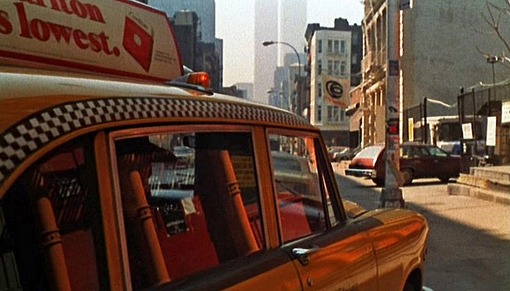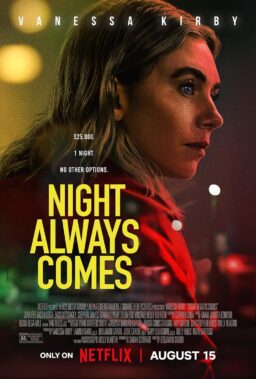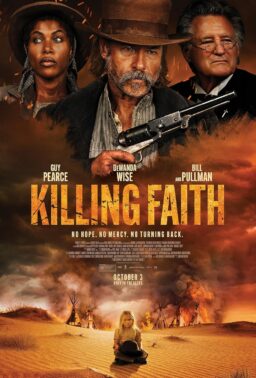Nearly five years ago (June 16, 2006), I announced what I called the Movies 101: Opening Shots Project, and I figure it’s past time for a re-launch. I want to elaborate a little on what I wrote back then, when I started off with the opening title/shot of Stanley Kubrick’s “Barry Lyndon“:
Any good movie — heck, even the occasional bad one — teaches you how to watch it. And that lesson usually starts with the very first image. I’m not talking necessarily about titles or opening sequences (they’re worth discussing, too — but that’s another article); I’m talking about opening shots. As those who have been reading Scanners (and my Editor’s Notes on RogerEbert.com) know, two of my cardinal rules for movie-watching are:
1) The movie is about what happens to you while you watch it. So, pay attention — to both the movie and your response. If you have reactions to, or questions about, what you’re seeing, chances are they’ll tell you something about what the movie is doing. Be aware of your questions, emotions, apprehensions, expectations.
2) The opening shot (or opening sequence) is the most important part of the movie… at least until you get to the final shot. (And in good movies, the two are often related.)
I still hold those truths to be self-evident, but I thought I would add a few things, for those unfamiliar with the Project from the first time around:
1) When you find yourself thinking, “What’s happening? How did we get here? Where is this going?” and such, maybe that’s exactly what the filmmakers want you to be thinking (if they’re good at what they do, that is). As Pacific Northwest travel guru Rick Steves tells tourists: the best way to discover new things is to put away the map and get lost. Same goes for movie-watching. Don’t worry about where you are; consider that the movie may be taking you somewhere you did not anticipate. That’s a good thing.
2) No, not all movies begin with a key image — sometimes it’s just an unassuming ol’ establishing shot, or one element in a montage. The first image is always going to be important, because it’s the first image, but not all of them leave an impression — and the ones that don’t aren’t the ones we analyze and discuss in the Opening Shots Project. But what may seem like nothing much in the first few moments of a movie could turn out to be significant when you look back on it afterwards. The most important thing is that you notice what you saw, from start to finish. The opening shot may not take on resonance until the picture is over.
The aim of the Opening Shot Project (see the needs-to-be-updated index here) is manifold: to use the technology of video and the Internet to look closely at the shots in question, using frame grabs (and, perhaps, actual clips); to allow for contributions and comments from interested cinephiles and cinephiliacs the world over; to use these shots to begin deeper explorations of the movies as a whole. (I like to encourage those “close textual readings” you may remember from school days…)
So, if you’d like to contribute, check out the existing entries and add your comments. Or, if you have an idea for a new submission, send it to me at the e-mail address above and put Opening Shots in the Subject line. Remember: Don’t just describe the shot — write about it in such a way that you explain why it is significant, how it is doing what it’s doing in the context of the film that follows. It would be great if you could include 500-720 pixel frame grabs to illustrate, but if you can’t I’ll try to do them myself. I’m sure I won’t be able to publish all of them, but I look forward to reading them — and, as always, I’ll probably tack my own notes onto the end.
P.S. Some have asked: Why not a Final Shots Project? Well, because that would give away the endings! At least the opening shot is what you see in the first few seconds or minutes of the movie. I despise trailers because they plant images in your head that disrupt the experience of the movie. While you’re watching (assuming you still feel like you want to see the movie after you’ve seen the trailer), you may find yourself keeping track of the images from the trailer that haven’t yet appeared. That’s no way to watch a movie.
POP QUIZ: Can you identify the opening shot at the top of this post? Know who’s in the cab — performer and character name? And who s-he is going to see?











